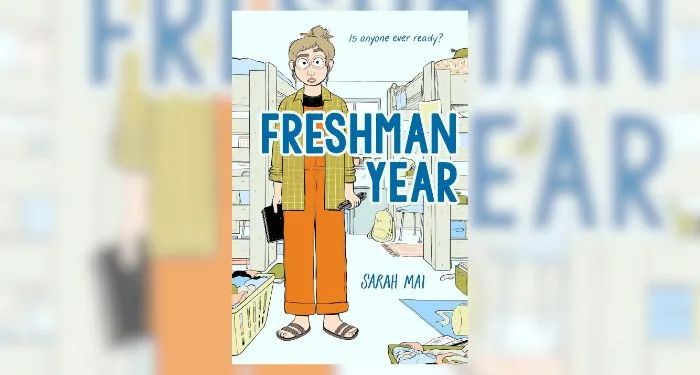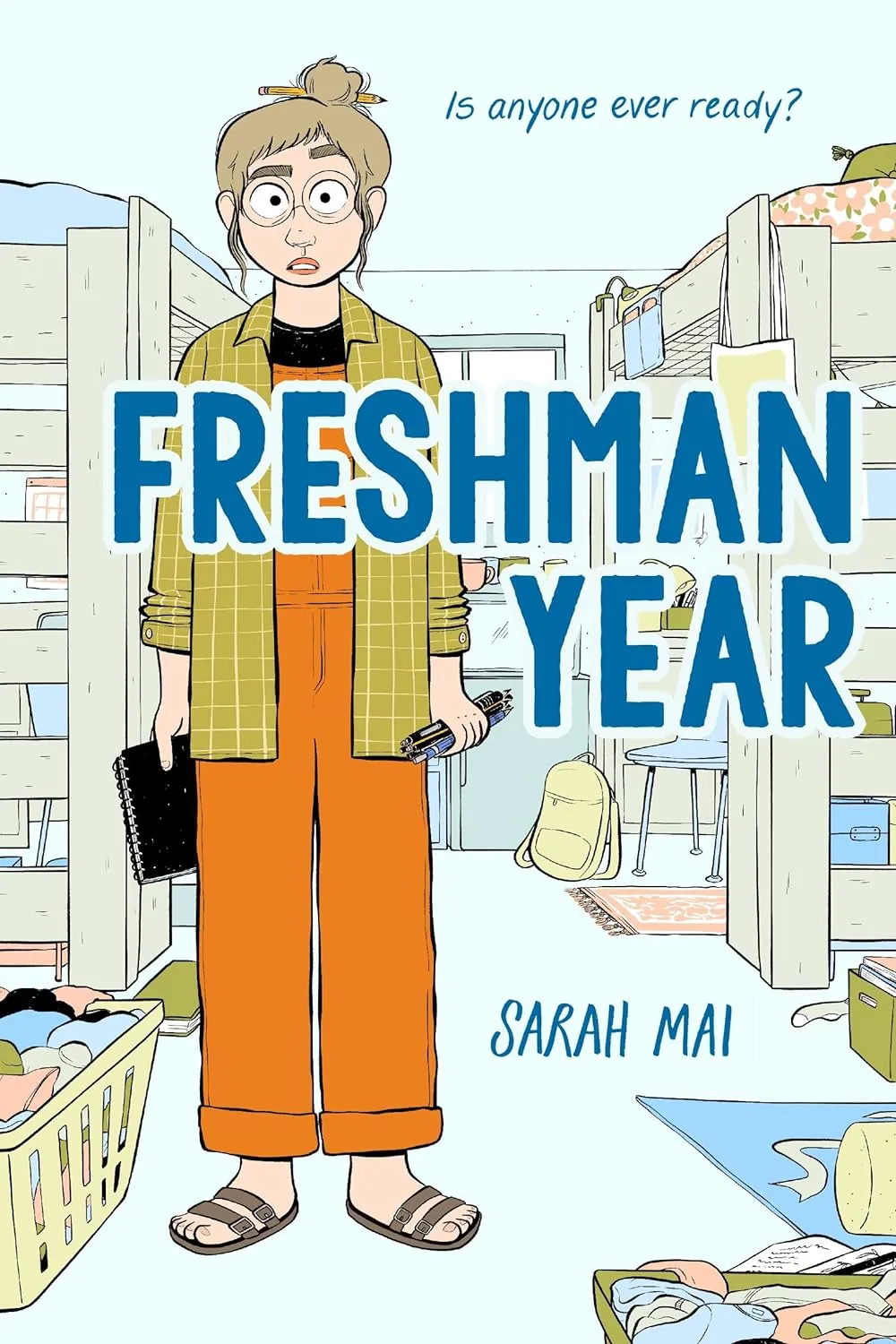
Turning Pain into (Comic Book) Art
I don’t go in for the whole “tortured artist” stereotype. Being miserable and alone is not a prerequisite for creating great stories — in fact, considering that the notoriously troubled Vincent Van Gogh did some of his best work while receiving treatment, the opposite seems to be true.
That said, writing and drawing does inform a lot of good stories and is a great way to process negative feelings. For today’s edition of the Stack, I interviewed Sarah Mai, creator of Freshman Year, about what it takes to turn one’s personal pain into an engaging, entertaining work of art.
Freshman Year is a fun yet painful memoir about how Sarah left her home and friends behind for the first time to go to college. While there, she met great new friends and took another step toward figuring out what to do with her life. But she also had to cope with increasing stress and anxiety related to her schoolwork, her social life, and the deteriorating state of the world. Fortunately for us, Mai kept a diary during these frantic college years, which she has now mined as source material for this all-too-relatable story.
Writing a graphic novel based on one’s own diaries is not a new idea: fine books like Layers, Big Apple Diaries, and My Picture Diary all did the same. But adapting such profuse and personal materials — including, in Mai’s case, “notebooks, phone notes, videos, diary entries, poems, sketches, comics, paintings” — is not as easy as it might sound.
“Basically, I went through every item and consolidated everything into a huge document, typing out what I had handwritten and scanning what I had drawn,” Mai explains. “Then I printed the doc, cut each item into little slips, and taped them to the wall under categories like ‘dialogue’ or ‘characters’ or ‘setting.’ Once I had created the plot skeleton, I started over on the wall by taping the slips in plot order. Then, as I wrote the final manuscript, I used the slips to guide the writing and add in details.”
Then there were the emotional challenges of revisiting such a turbulent period in her life.
“It’s the same kind of emotional roller coaster as picking through a bin of childhood keepsakes — some of it will make you smile and some of it will put a lump in your throat.”

There were many reasons behind Mai’s anxiety struggles while in college, from the personal (breaking up with her boyfriend) to the global (the 2016 presidential election). She recalls that what helped her most wasn’t so much the school’s mental health resources — although she did “eventually” go to these sources for support — but rather taking a step back and finding refuge in her passions.
“Engage your interests,” she advises. “Join or start organizations if you don’t see anything you connect with. Don’t worry if you don’t find best friends in September. Wash your bed sheets. Know that lots of life experience exists outside of college.”
So if you find yourself overwhelmed by school, life, or anything else this autumn — and with another harrowing election on the horizon, it’s easy to spiral — remember that there are so many healthy ways to vent your frustrations and turn your anxieties to productive ends. You might even consider keeping a diary — not with the expectation of turning it into a book, but to safely and privately express your feelings during these endlessly uncertain times.
Whether you consider yourself an artist or not, there is no value or valor in unnecessary suffering, so any little step you can take to feel better is a step worth taking.









